![]()
![]() Anne is heading of to a conference this weekend, so Chris has taken responsibility for culling this week’s link collection. Hopefully he did not filter out all the watery goodness…
Anne is heading of to a conference this weekend, so Chris has taken responsibility for culling this week’s link collection. Hopefully he did not filter out all the watery goodness…
Earthquakes
- USGS Natural Hazards budget being cut by 20%. Absolutely nothing natural disaster-ish has happened recently, after all.
http://arizonageology.blogspot.de/2012/07/impacts-of-proposed-cuts-to-national.html - Aerial gravity and magnetic surveys over epicentre of last year’s M5.8 Virginia quake to investigate regional structure.
http://www.delmarvanow.com/article/20120712/NEWS01/207120352/Earthquake-epicenter-focus-study
Meanwhile, the Washington Monument, damaged by that earthquake, may not be reopened until 2014.
http://www.washingtonpost.com/local/earthquake-damaged-washington-monument-may-be-closed-into-2014/2012/07/09/gJQAXrTNYW_story.html - Last tsunami-generating rupture on the Seattle fault system in ~930 AD may have been larger than currently thought.
http://seattletimes.nwsource.com/html/localnews/2018653793_tsunami11m.html - Newly released photos show tsunami overwhelming Fukushima nuclear power plant. Things really kick off around #9
http://blogs.wsj.com/japanrealtime/2012/07/10/fukushima-watch-new-photos-of-the-day-the-tsunami-hit/tab/slideshow/#slide/1 - Detailed review of the 2009 L’Aquila earthquake, including the possible link between foreshocks, fluid migration and the main shock.
http://linkinghub.elsevier.com/retrieve/pii/S0191814112001459 - Why last week’s deep earthquake in NZ was reported locally as a M7 when USGS said M 6.2: slab guides seismic energy.
http://geonet-scienceinaction.blogspot.co.nz/2012/07/deep-earthquakes-and-magnitude-again.html - Vladimir Keilis-Borok’s career-long quest to predict large earthquakes from statistical analysis of foreshocks.
http://www.latimes.com/news/local/la-me-quake-forecaster-20120709,0,761270,full.story
Volcanoes
- Studying the structure of volcanoes buried under ice & rock on the Antarctic peninsula, using aeromagnetic surveying.
http://linkinghub.elsevier.com/retrieve/pii/S0040195112003642 - Attempt to account for effect of unrecorded eruptions on volcanic hazard estimates. Could you do this for quakes?
http://linkinghub.elsevier.com/retrieve/pii/S0377027312002065 - Best “supervolcano” line ever? “Visit Yellowstone before it visits you!”
http://www.watchingforrocks.com/2012/07/when-is-this-thing-gonna-blow.html
(via @lockwooddewitt)
(Paleo)climate
- This is a very interesting chart. Extreme weather affecting more of US this year than any year on record
http://www.climatecentral.org/blogs/the-extreme-weather-of-2012-explained-in-one-chart/
(via @afreedma) - First attempt to do relatively rapid post-hoc attribution of weather extremes to Global Warming just published
http://news.sciencemag.org/sciencenow/2012/07/global-warming-punched-up-some.html - New research suggests that global sea level 5-6m higher 125,000 yrs ago, when it wasn’t much warmer than today.
http://oncirculation.com/2012/07/14/sea-level-rise-in-science/ - Great piece by Myles Allen: The climate of the climate change debate is changing.
http://www.guardian.co.uk/p/39vyc/tw
(via @AJCorner) - More cool core from the Joides Resolution’s latest ocean drilling expedition: Cretaceous ocean anoxic events!
http://joidesresolution.org/node/2644
(via @TheJR) - Miami didn’t use to flood with high tides and full moons: we’re living with #LoadingOfWeatherDice
http://getenergysmartnow.com/2012/07/06/speaking-of-sea-level-rise-or-mom-dont-you-know-what-i-do-for-a-living/
(via @A_Siegel)
Water
- Post-Colorado wildfire hydrology: water-repellent soils, loss of vegetation, risk of flash floods.
http://www.thedenverchannel.com/news/31255541/detail.html
(via @SnowHydro, @FireInfoGirl) - Thousands flee Japanese floods, 20 dead in northern Japan after 30 inches!!! of rain in 72 hrs
http://www.bbc.co.uk/news/world-asia-18840329 - Tensions Rise With Plan To Flood Grand Canyon [We play god with regulation of rivers].
http://www.npr.org/2012/07/10/156566151/tensions-rise-with-plan-to-flood-grand-canyon
(via @mollyis, @nrpnews) - Modeling Study: fracking fluids can migrate into groundwater much faster than previously believed.
http://www.propublica.org/article/new-study-predicts-frack-fluids-can-migrate-to-aquifers-within-years
(via @argillic) - NPR: Texas Seeks New Water Supplies Amid Drought – good story about water shortage and quest for solutions
http://www.npr.org/2012/07/08/156366821/texas-seeks-new-water-supplies-amid-drought
Environmental
- Some hard truths on sustainability (or our civilisation’s lack thereof) from Paul Ehrlich.
http://blogs.scientificamerican.com/guest-blog/2012/07/10/the-sustainability-paradox/ - Warming the planet to cool our homes: electricity used for air conditioning will rise 8 to 10-fold globally by 2050.
http://e360.yale.edu/feature/cooling_a_warming_planet_a_global_air_conditioning_surge/2550/ - This heat is killing fish by lowering dissolved oxygen in water
http://usnews.msnbc.msn.com/_news/2012/07/07/12616289-another-sign-of-the-heat-times-thousands-of-dead-fish
(via @MichaelEMann, @bjkingape) - Scary thought: what happens if wildfires hit the radioactive pine forests around Chernobyl?
http://www.desdemonadespair.net/2012/07/chernobyl-radioactive-trees-and-forest.html
(via @planet3org) - The problem of unreported oil spills – and the general lack of petroleum industry oversight – in developing countrys.
http://geo-development.blogspot.com/2012/07/dan-sharpe-under-publicised-oil-spills.html
Fossils
- Fascinating story from the dawn of geology – 17th century ‘fossil wars’
http://blogs.royalsociety.org/history-of-science/2012/07/11/fossil-wars/
(via @royalsociety) - Paleobotanist (and Anne’s friend) Reagan Dunn explains how modern Costa Rica helps to understand 40 Ma fossils in Patagonia
http://youtu.be/xZd1qoxilKM
Planets
- Mars crater image beamed back by Nasa rover Opportunity
http://www.guardian.co.uk/p/38png/tf
(via @guardianscience) - Earth’s water came from meteorites, not comets?
http://www.eurekalert.org/pub_releases/2012-07/ci-ssi070912.php
General Geology
- Call for Posts: Accretionary Wedge 48: Geoscience & Technology
http://earth-likeplanet.blogspot.com/2012/07/call-for-posts-accretionary-wedge-48.html
(via @meagenpollock, @EarthlikePlanet) - Cool – the BGS now has a staff geoblog.
http://britgeopeople.blogspot.com/
(via @BritGeoSurvey) - Geoscientist bloggers looking for more exposure may want to consider the nascent EGU Blog network:
http://egugeolog.wordpress.com/2012/03/09/join-the-egu-blog-network/
(via @EuroGeosciences) - Amazing photos: wildfire smoke meets storm system and gets pumped up into the troposphere.
http://earthobservatory.nasa.gov/IOTD/view.php?id=78497&src=eoa-iotd - Absolutely massive landslide onto glacier in Alaska. Possibly biggest in North America:
http://www.washingtonpost.com/sports/massive-landslide-in-glacier-bay-national-park-sends-rock-and-ice-over-glacier/2012/07/12/gJQAED1ZgW_story.html
(via @KatherineBaylor) - How geology played an important role in preparing sites for the Olympics.
http://planetearth.nerc.ac.uk/index.aspx - The ‘Anthropocene’ remains a powerful concept that is difficult to precisely define.
http://hol.sagepub.com/content/early/2012/07/06/0959683612449764.abstract
(via @palaeo_isotopes, @mammuthus) - Possible geomagnetic superchron – long period with no field reversals – in 1 billion yr-old rocks in Siberia
http://www.sciencedirect.com/science/article/pii/S0012821X12002671
Interesting Miscellaney
- The AGU’s upcoming handover of its publication arm to an as-yet-unannounced commercial publisher continues to generate concern. The only information available is sparse, and buried in a lot of meaningless verbiage.
http://lablemminglounge.blogspot.com/2012/07/more-details-on-agu-publication.html
http://lablemminglounge.blogspot.com/2012/07/additional-agu-publication-update.html
(via @Geoblogfeed) - The final hammer blow on the arsenic life saga? Rosie Redfield presents the final results of her open notebook refutation of last year’s controversial Science paper. Chris is getting a little fed up with journalists running around declaring how this has changed science, when it’s more a change in the channels it was discussed in, and the way it was reported as a result. But if it means more of this sort of thing, then it’s a net good.
http://blogs.discovermagazine.com/loom/2012/07/08/live-blogging-arsenic-life/ - How can you create lab culture to support diversity?
http://scientopia.org/blogs/gertyz/2012/07/07/recruit-and-retain/
(via @GertyZ, @labroides) - Hmmm. Lumping together oil and natural gas liquids has boosted production figures, but latter not substitute for former.
http://resourceinsights.blogspot.com/2012/07/how-changing-definition-of-oil-has.html - The house always wins… 4 golden rules financial crisis has taught us about the banking industry
http://www.economist.com/node/21558584
(via @TheEconomist) - The ultimate indoor GPS: Earth’s magnetic field. Neat idea, but fields inside buildings often fluctuate.
http://www.newscientist.com/blogs/onepercent/2012/07/earths-magnetic-field-guides-y.html
(via @PaulMarks12) - ‘Doing science is mostly about performing mundane, repetitive tasks’. You must earn the intellectual payoff: to paraphrase Edison, Science is 90% perspiration, 9% inspiration, 1% how f***ing cool is that!?
http://www.lastwordonnothing.com/2012/07/12/the-mundaneness-of-science/
(via @BoraZ)


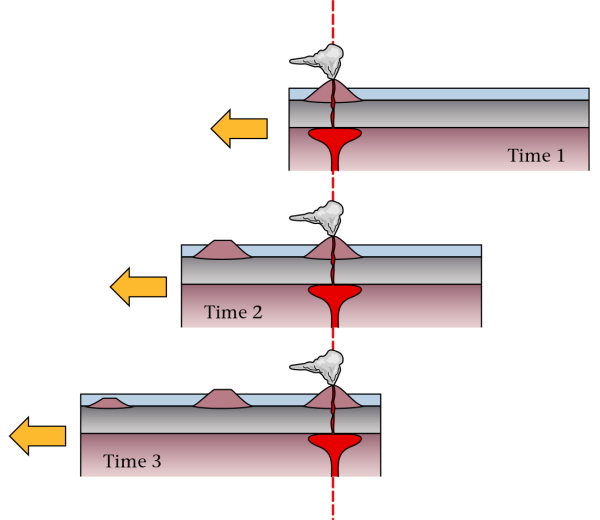



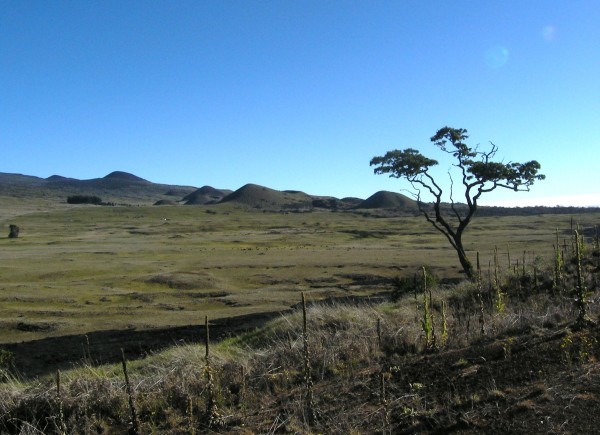
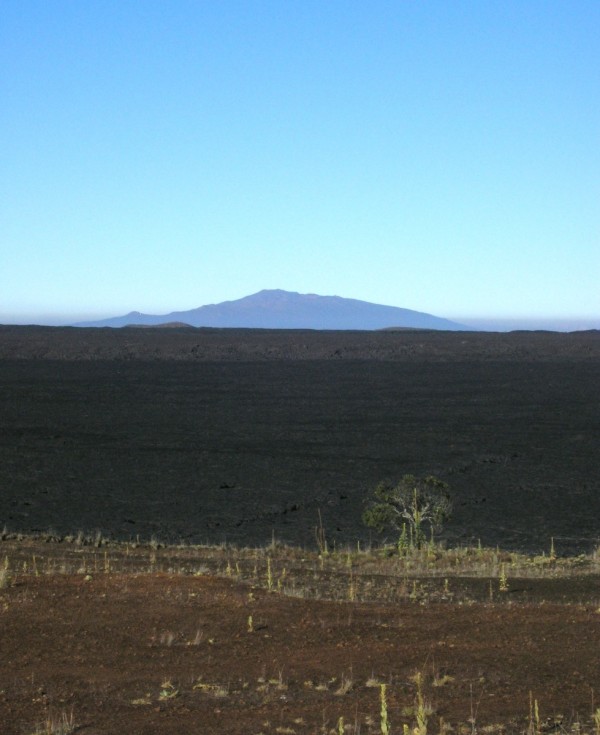

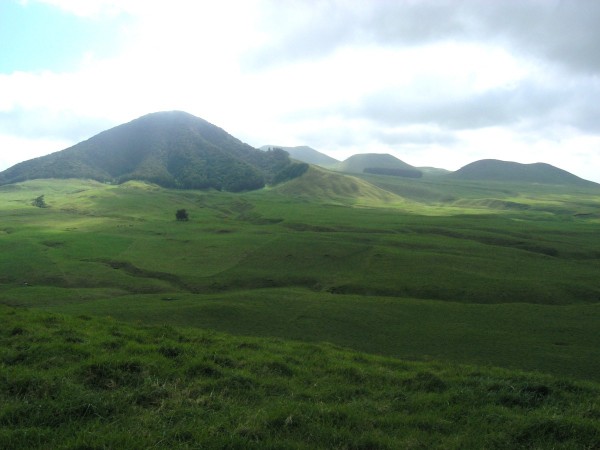

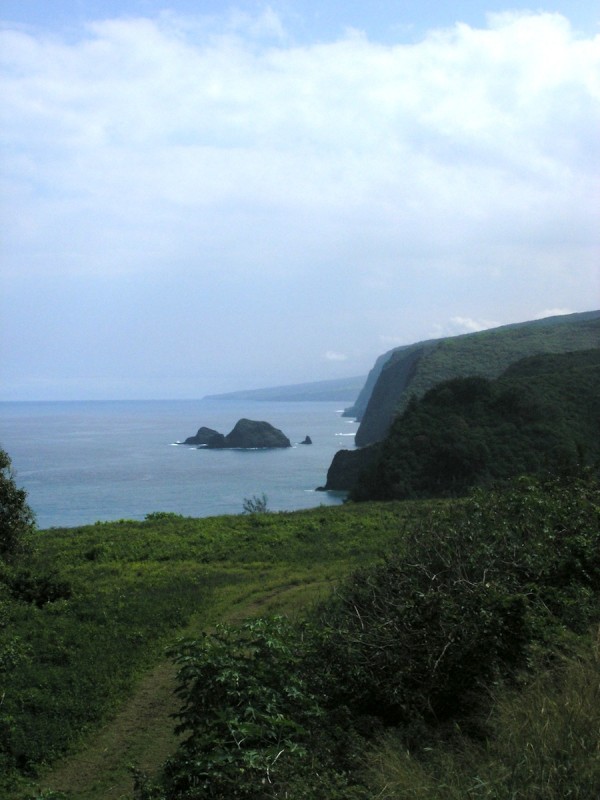
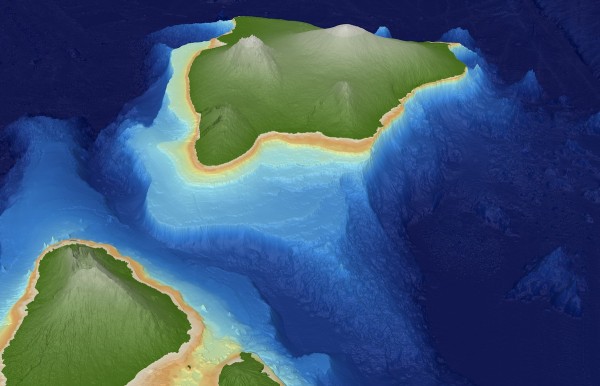
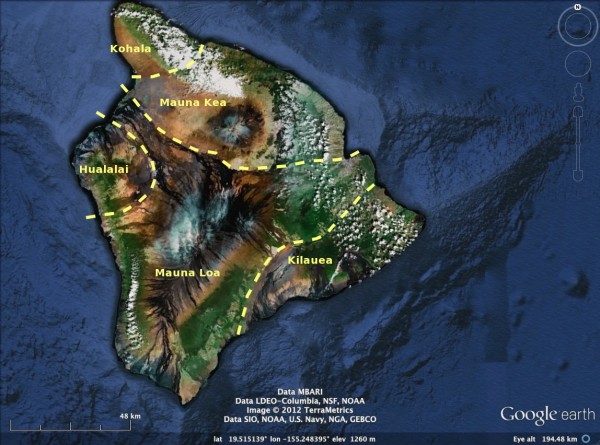
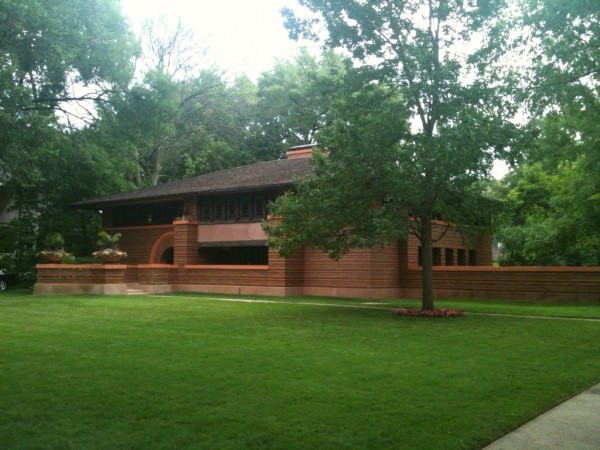
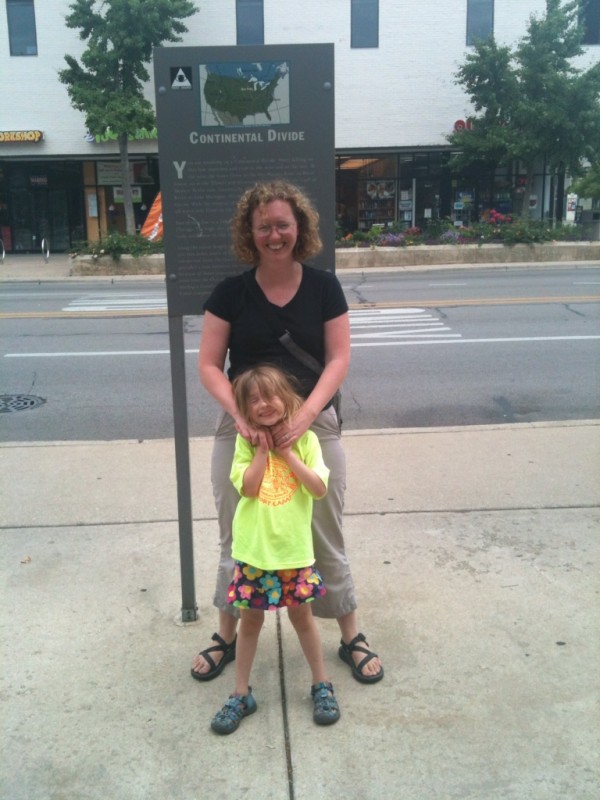


Nice plan for content warnings on Mastodon and the Fediverse. Now you need a Mastodon/Fediverse button on this blog.